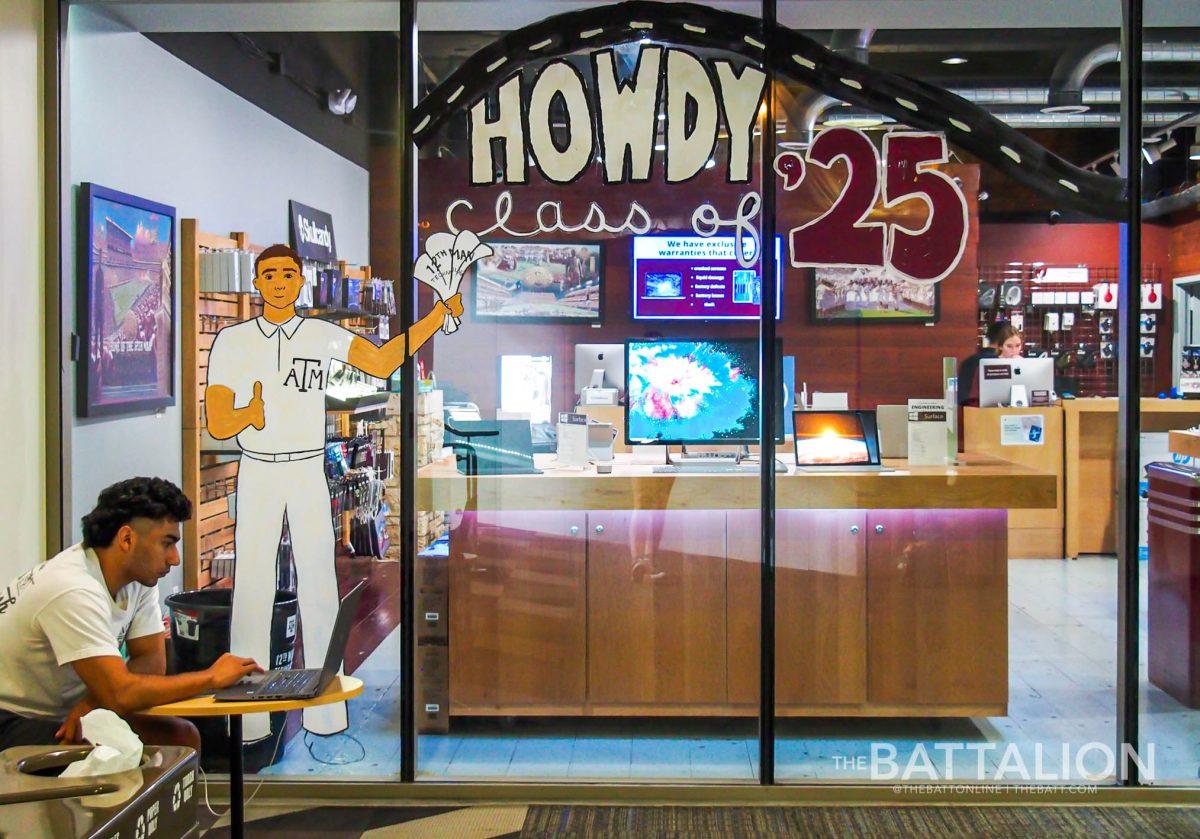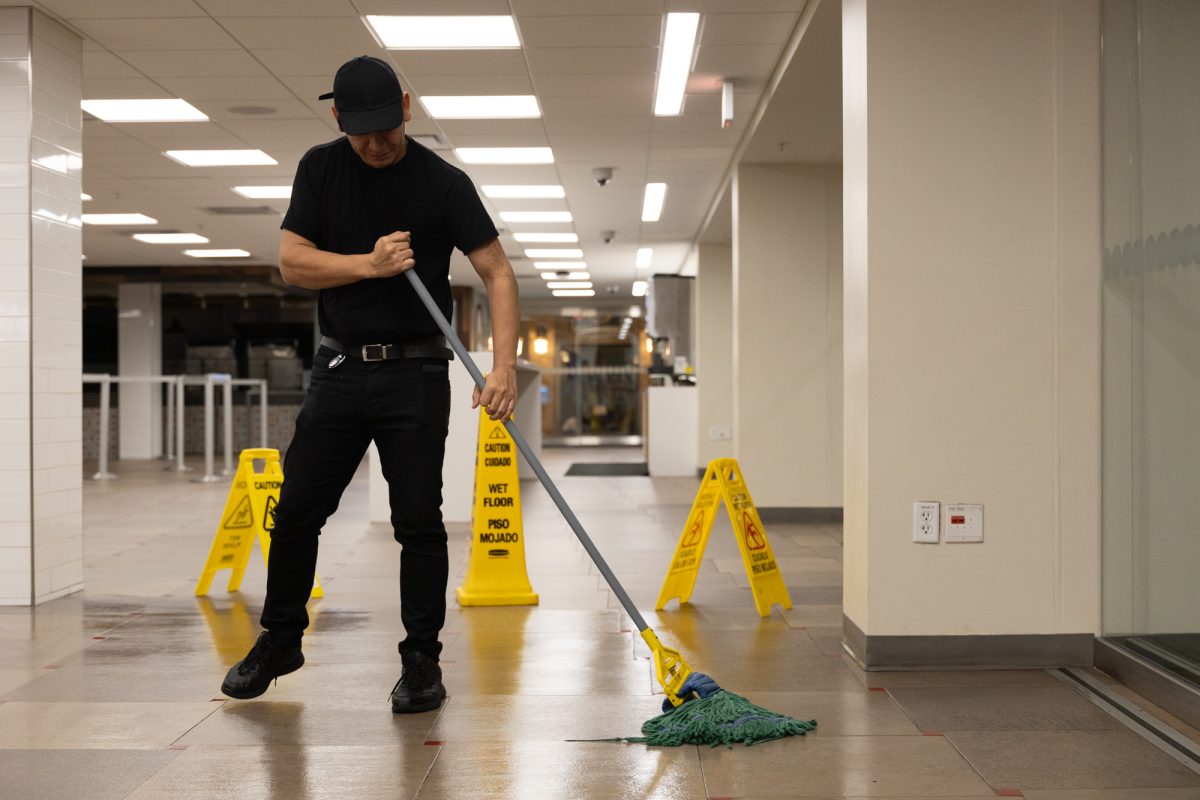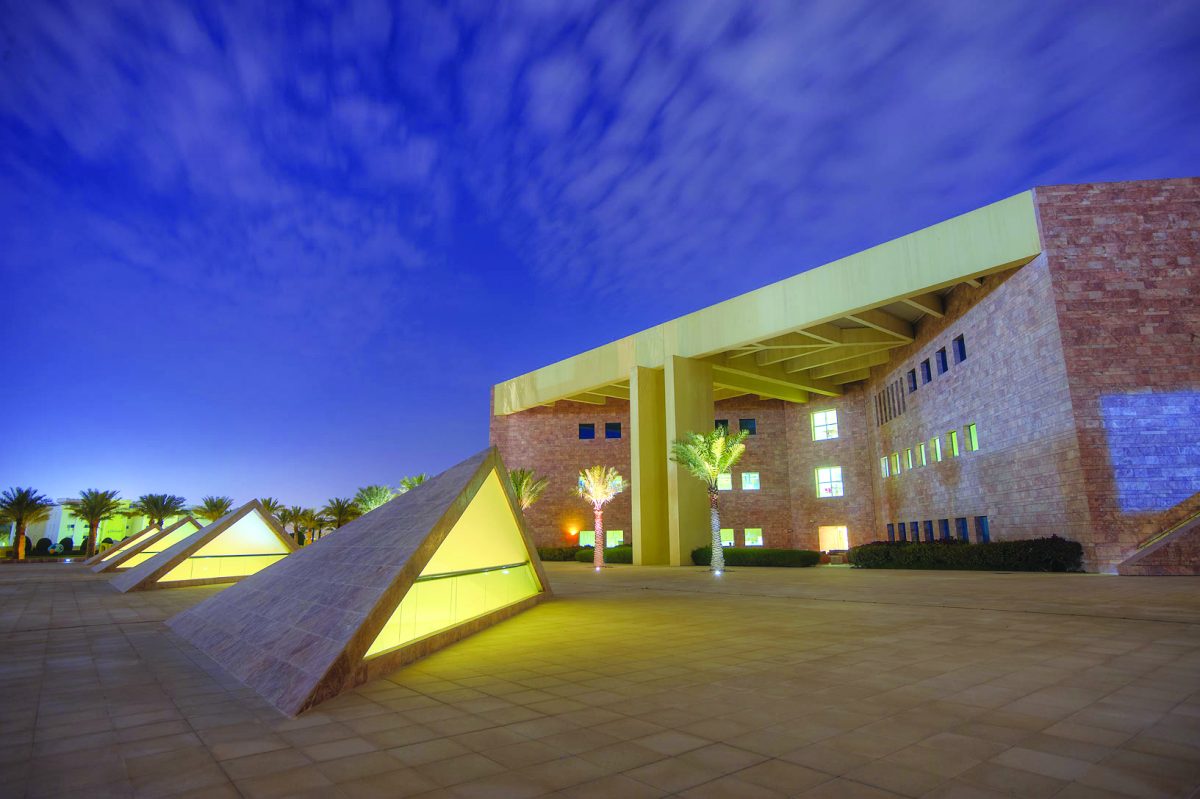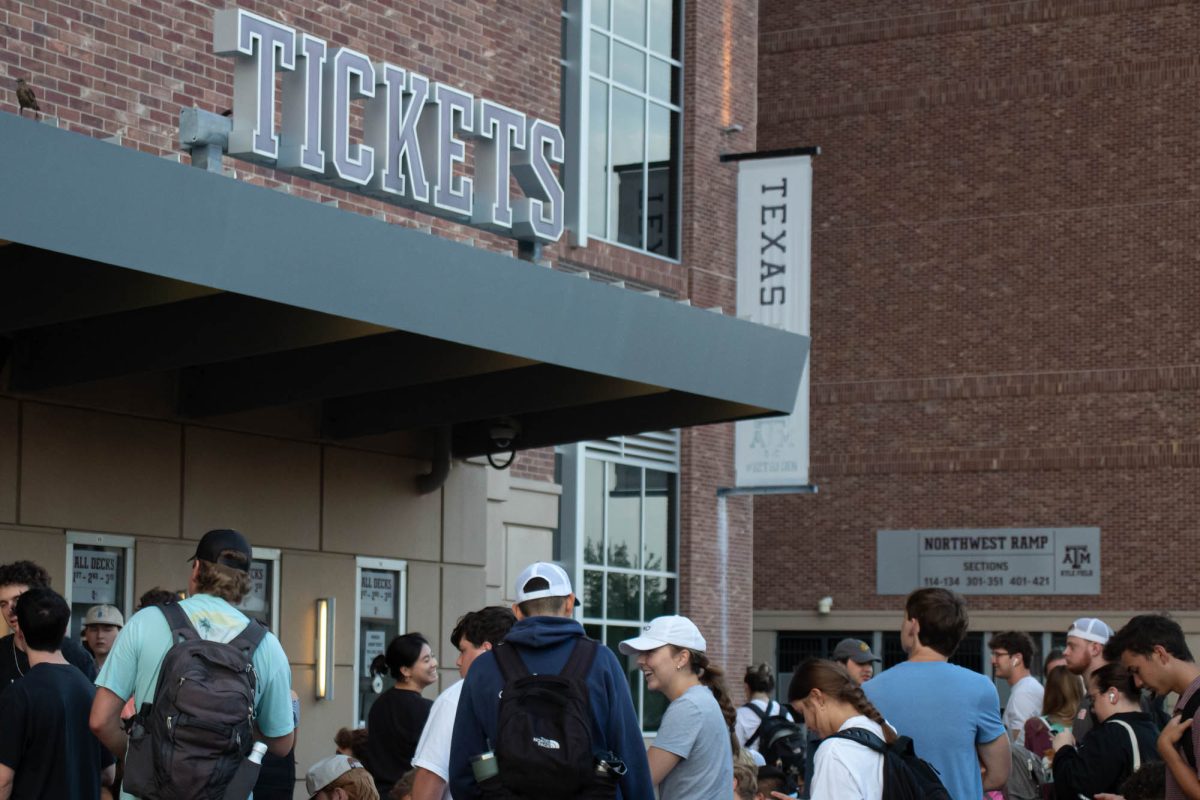Texas A&M’s Class of 2025 has already shown it is reaching big objectives, as with over 11,000 accepted students it is one of the largest freshman classes to ever be admitted to the university.
Executive Director of Admissions Chris Reed said with the exception of the colleges of Engineering and Business, who had intentional growth planned for the freshman class along with planned growth at the Galveston and McAllen schools, A&M actually admitted fewer students than last year.
“What led to a record freshman class were unprecedented response rates to our admission offers and historically low melt — a term for students who accept their admission but don’t actually enroll,” Reed said. “Flagship institutions across the country are seeing this same phenomenon.”
Reed said there was a prevailing assumption that the COVID-19 pandemic would continue to have a negative effect on student interest in higher education, but that did not happen.
“Where we’ve benefitted is that our application pool continues to get more competitive even as it grows,” Reed said. “While this class is very large, it is also likely the strongest class we’ve ever had. In addition to increases across numerous academic measures, the Class of 2025 also set a record with an average of 196 service hours per student.”
There are currently 66,871 students on campus, including 11,464 freshmen, contributing to a 2.6 percent increase from first-day numbers in the fall of 2020.
“I’m grateful that I get to be part of the largest class of A&M freshmen because with more people there’s great diversity,” business freshman Jackson Weise said. “With COVID[-19], I’m sure there were significantly less people on campus, but all [of us] back on campus is normal to me.”
Besides growth on campus, College Station city manager Bryan Woods said he uses layout capital improvement plans years in advance to prepare infrastructure as its demand rises.
“This case, you’re seeing a big freshman class, what you’re looking at is how much growth we had in the city or at the university or combined in any one year,” Woods said. “We know we’re going to grow, and we know we’re going to have a large freshman class each year. Yes, this is a bigger class, but if you look at that number, compared to the 125,000-plus permanent residents, plus the students, it’s not a huge jump.”
Woods said the population numbers fall in line with the infrastructure the city has now and what it planned for.
“We are really prepared, for not just this year, but as we move forward and continue to see growth, not only on the university side but in the city itself,” Woods said. “The key is you have to plan for those things, and a lot of those discussions happened a long time ago. I think we’re very fortunate that we have such a good relationship with A&M, so we know where things are going and we’re able to plan for it.”
Woods said people want to continue to move to College Station for quality of life and employment opportunities. He looked at past data to plot out water, power and sewer usage costs to facilitate all current residents, and to determine the kind of traffic it is going to generate.
“A city that’s not going to grow in size could just look at replacing and improving infrastructure, we look at upgrading it and making sure it can handle the type of growth that we’re seeing,” Woods said. “We expect College Station and Texas A&M [will] continue to grow steadily over the years. We keep planning for that, into the future. We look out way over the horizon in order to be able to get the right amount of capacity to serve people that won’t even be here for 10 or 15 years.”
Woods said he knows A&M will always have a certain number of students here at any one time.
“They’re effectively permanent residents like anybody else,” Woods said. “Just like those numbers will grow as enrollment grows, so will our population overall. We incorporate that into our calculations as we move forward.”
Woods said his challenge to students is to be involved, not because they want to change things for the better, but to understand they represent a population that will be here forever.
“There will always be a Texas A&M University, and it will always be a critical part to College Station,” Woods said. “Everything that [freshmen] do to make [their] voice heard and provide input on where this city should go is going to benefit Texas A&M students and the city for years to come.”
Reed said his primary hope is that freshmen are able to have a college experience that connects them to the campus in the way students have for years.
“The loss of some of the traditional campus experiences over the last year due to COVID[-19] definitely dampened some students’ sense of connection to Texas A&M,” Reed said. “I want this class to finish their careers here as loud and proud as they began them.”
Reed said he has already witnessed a renewed sense of excitement on campus as the new class led the return from a year unlike anyone would have hoped for.
“The Class of 2025 showed up in full force, but based on what we’ve already seen, I doubt their numbers will be the primary thing they are remembered for in the years to come,” Reed said. “We are a university that has already achieved so much, but we are on the verge of some truly historic accomplishments. Milestones [that] will be reached after the arrival of this class will not be a coincidence.”









